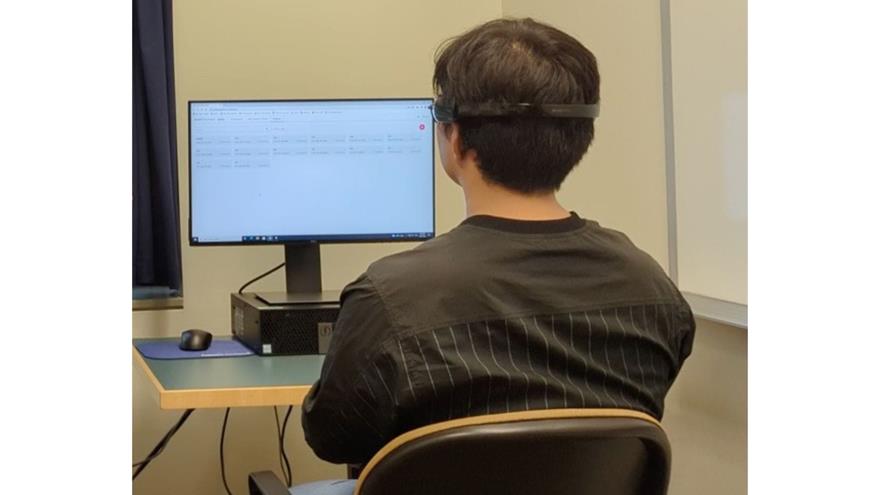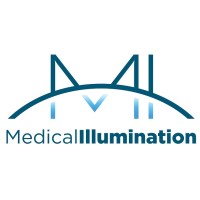AI Brain-Age Estimation Technology Uses EEG Scans to Screen for Degenerative Diseases
|
By HospiMedica International staff writers Posted on 29 Apr 2024 |

As individuals age, so do their brains. Premature aging of the brain can lead to age-related conditions such as mild cognitive impairment, dementia, or Parkinson's disease. The ability to determine "brain age" easily could allow for early intervention in cases of premature brain aging, potentially averting severe health issues. Researchers have now developed an artificial intelligence (AI) technique capable of estimating a person's brain age using electroencephalogram (EEG) brain scans, potentially making early and regular screening for degenerative brain diseases more accessible.
Researchers from Drexel University (Philadelphia, PA, USA) employed a type of AI known as machine learning to gauge an individual's brain age in a manner similar to estimating a person's age based on their physical appearance. This measure is viewed as an indicator of general brain health. If an individual's brain appears younger compared to that of other healthy individuals of the same age, it typically raises no concerns. However, if a brain appears older than those of similarly aged healthy peers, it might indicate premature brain aging—or a "brain-age gap." Such gaps, the researchers note, can result from diseases, exposure to toxins, poor nutrition, or injuries, and they may increase susceptibility to age-related neurological disorders. Despite the importance of brain-age estimates as health markers, they have not been extensively utilized in healthcare settings.
Typically, machine-learning algorithms can learn from MRI images of healthy brains to identify features that predict an individual's brain age. By inputting numerous MRI images of healthy brains into a machine-learning algorithm along with the chronological ages of those brains, the algorithm learns to estimate the age of an individual’s brain based on their MRI. Adapting this approach, the researchers developed a method using EEGs instead of MRIs. An EEG, which records brain waves, is a more affordable and less invasive test than an MRI, requiring only that the patient wear a headset for a few minutes. Thus, a machine-learning program that can determine brain age from EEG scans could provide a more accessible tool for monitoring brain health, the researchers suggest.
“Brain MRIs are expensive and, until now, brain-age estimation has been done only in neuroscience research laboratories,” said John Kounios, PhD, a professor at Drexel University who led the team. “But my colleagues and I have developed a machine-learning technology to estimate a person’s brain age using a low-cost EEG system.”
“It can be used as a relatively inexpensive way to screen large numbers of people for vulnerability to age-related. And because of its low cost, a person can be screened at regular intervals to check for changes over time,” Kounios said. “This can help to test the effectiveness of medications and other interventions. And healthy people could use this technique to test the effects of lifestyle changes as part of an overall strategy for optimizing brain performance.”
Related Links:
Drexel University
Latest Critical Care News
- Biodegradable Patch Repairs Damaged Tissue After Heart Attack
- Magnetically Guided Microrobots to Enable Targeted Drug Delivery

- Smart Nanomaterials Detect and Treat Traumatic Brain Injuries Simultaneously
- Earlier Blood Transfusion Could Reduce Heart Failure and Arrhythmia in Heart Disease Patients
- 'Smart' Shirt Detects Epileptic Seizures in Real Time
- Skin Patch Measures Effectiveness of Flu/COVID Vaccines in 10 Minutes
- Complete Revascularization Reduces Risk of Death from Cardiovascular Causes
- Tiny Fish-Inspired Robots Navigate Through Body to Deliver Targeted Drug Therapy
- Coronary Artery Stenosis Could Protect Patients from Pulmonary Embolism Effects
- Sweat-Powered Sticker Turns Drinking Cup into Health Sensor
- Skin-Mounted 3D Microfluidic Device Analyzes Sweat for Real-Time Health Assessment
- New Therapeutic Brain Implants to Eliminate Need for Surgery
- Stem Cell Patch Gently Heals Damaged Hearts Without Open-Heart Surgery
- Biomaterial Vaccines to Make Implanted Orthopedic Devices Safer
- Deep Learning Model Predicts Sepsis Patients Likely to Benefit from Steroid Treatment
- Programmable Drug-Delivery Patch Promotes Healing and Regrowth After Heart Attack
Channels
Surgical Techniques
view channelNovel Endoscopy Technique Provides Access to Deep Lung Tumors
Detecting lung cancer early can save lives, but diagnosing small tumors deep in the outer regions of the lungs remains a major clinical challenge. Although CT scans frequently identify tiny suspicious... Read more
New Study Findings Could Halve Number of Stent Procedures
When a coronary artery becomes acutely blocked during a heart attack, opening it immediately is essential to prevent irreversible damage. However, many patients also have other narrowed vessels that appear... Read morePatient Care
view channel
Revolutionary Automatic IV-Line Flushing Device to Enhance Infusion Care
More than 80% of in-hospital patients receive intravenous (IV) therapy. Every dose of IV medicine delivered in a small volume (<250 mL) infusion bag should be followed by subsequent flushing to ensure... Read more
VR Training Tool Combats Contamination of Portable Medical Equipment
Healthcare-associated infections (HAIs) impact one in every 31 patients, cause nearly 100,000 deaths each year, and cost USD 28.4 billion in direct medical expenses. Notably, up to 75% of these infections... Read more
Portable Biosensor Platform to Reduce Hospital-Acquired Infections
Approximately 4 million patients in the European Union acquire healthcare-associated infections (HAIs) or nosocomial infections each year, with around 37,000 deaths directly resulting from these infections,... Read moreFirst-Of-Its-Kind Portable Germicidal Light Technology Disinfects High-Touch Clinical Surfaces in Seconds
Reducing healthcare-acquired infections (HAIs) remains a pressing issue within global healthcare systems. In the United States alone, 1.7 million patients contract HAIs annually, leading to approximately... Read moreHealth IT
view channel
EMR-Based Tool Predicts Graft Failure After Kidney Transplant
Kidney transplantation offers patients with end-stage kidney disease longer survival and better quality of life than dialysis, yet graft failure remains a major challenge. Although a successful transplant... Read more
Printable Molecule-Selective Nanoparticles Enable Mass Production of Wearable Biosensors
The future of medicine is likely to focus on the personalization of healthcare—understanding exactly what an individual requires and delivering the appropriate combination of nutrients, metabolites, and... Read moreBusiness
view channel
Philips and Masimo Partner to Advance Patient Monitoring Measurement Technologies
Royal Philips (Amsterdam, Netherlands) and Masimo (Irvine, California, USA) have renewed their multi-year strategic collaboration, combining Philips’ expertise in patient monitoring with Masimo’s noninvasive... Read more
B. Braun Acquires Digital Microsurgery Company True Digital Surgery
The high-end microsurgery market in neurosurgery, spine, and ENT is undergoing a significant transformation. Traditional analog microscopes are giving way to digital exoscopes, which provide improved visualization,... Read more
CMEF 2025 to Promote Holistic and High-Quality Development of Medical and Health Industry
The 92nd China International Medical Equipment Fair (CMEF 2025) Autumn Exhibition is scheduled to be held from September 26 to 29 at the China Import and Export Fair Complex (Canton Fair Complex) in Guangzhou.... Read more














